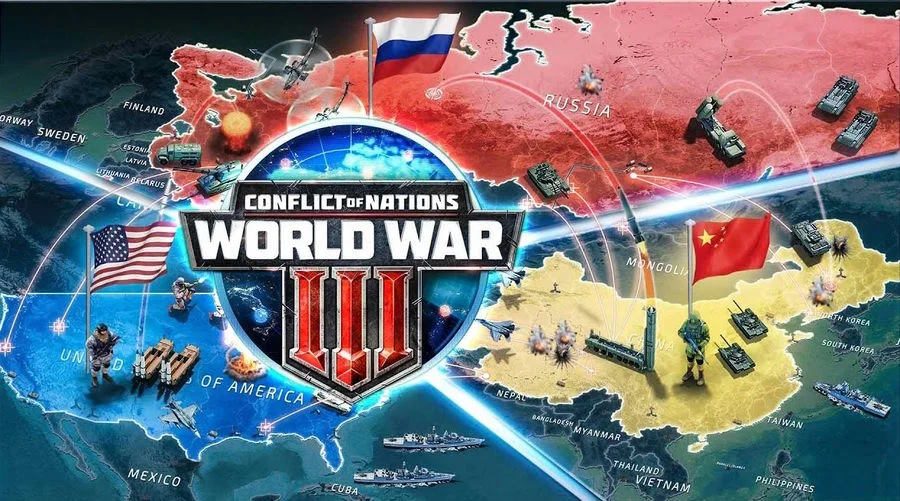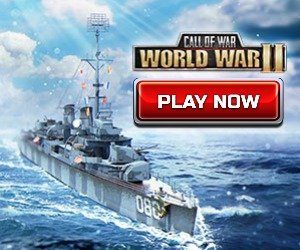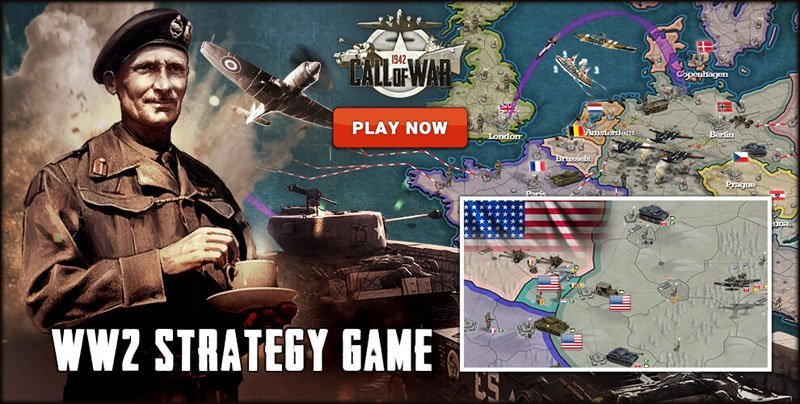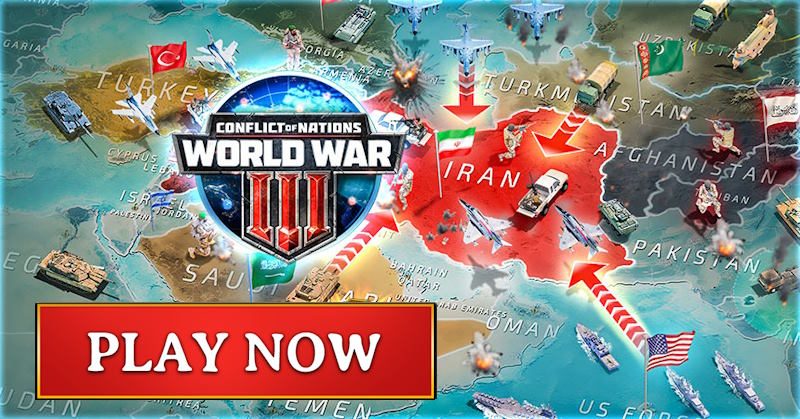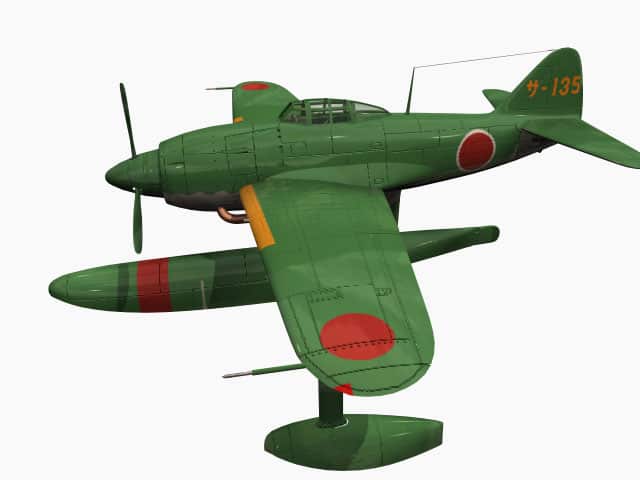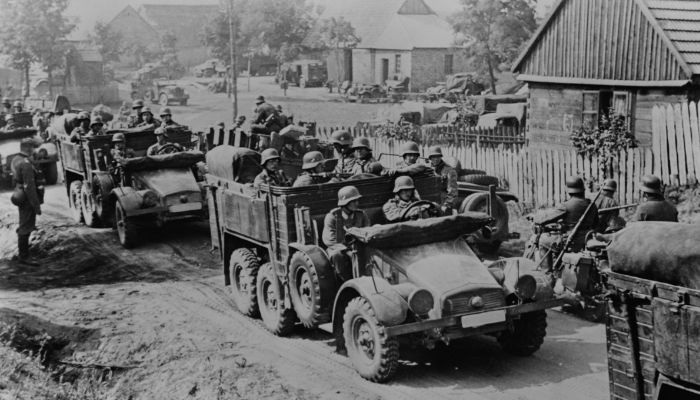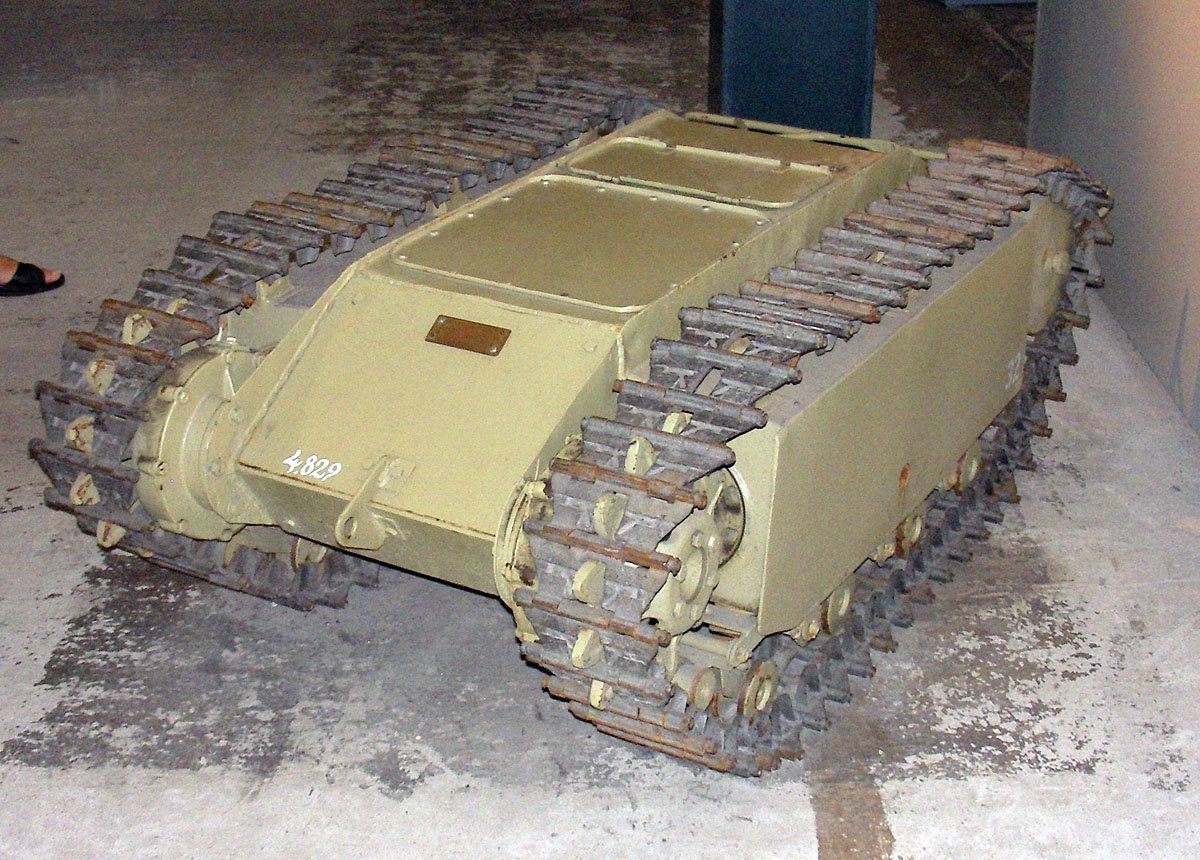A selection of British and French aircraft that were obsolete at the start of the war, designed and built between the two world wars: Vickers Virginia, Hawker Hart, Armstrong Whitworth Siskin, Gloster Grebe II, Breguet 19, Liore et Olivier 12.
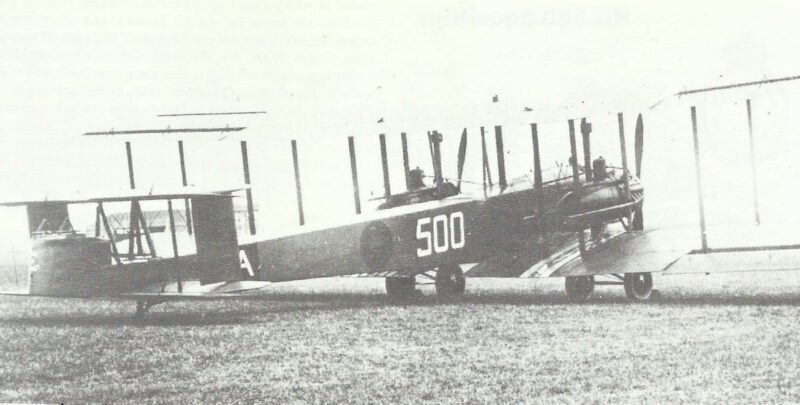
Table of Contents
The years between World War I and World War II? Wildly important for aviation. Allied countries hustled to modernize their air forces, rolling out new technologies and designs that would soon change everything.
Across Britain and France, manufacturers cranked out historic warplanes—everything from heavy bombers to nimble fighters. These interwar aircraft really became the backbone of Allied air power and set the stage for the advanced planes that would soon dominate WWII.
The Vickers Virginia took the spotlight as Britain’s main heavy bomber through the 1920s and 1930s. At one point, ten RAF squadrons operated these big, twin-engine biplanes—even though they never set performance records.
From 1924 to 1937, the Virginia stuck around, going through ten versions. The Fairey IIIF, another standout, proved just as tough, with some models still kicking around until 1942 in far-off outposts and allied navies.
These planes were more than just machines—they showed off the era’s technological leaps and strategic ideas. British bombers earned a reputation for ruggedness, while French companies like Breguet and Liore et Olivier brought clever designs to the table.
Each aircraft added something unique to the Allied arsenal. Their backstories show how countries tried to get ready for whatever came next, all while juggling tight budgets and shifting military needs.
Overview of Allied Warplanes Between the World Wars
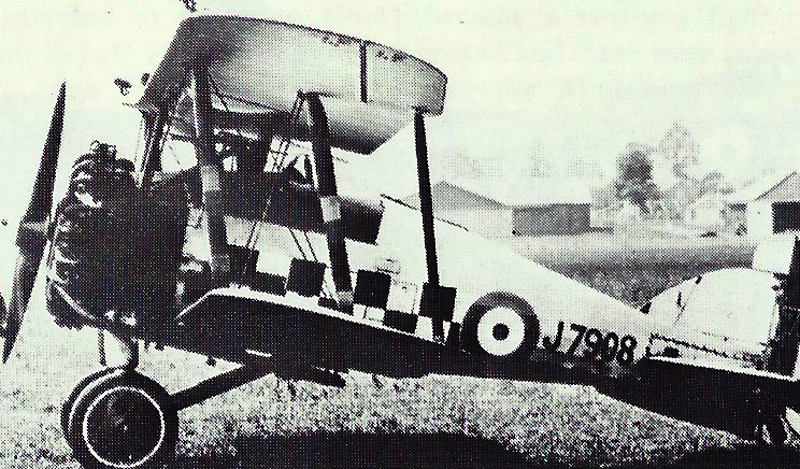
In the 1920s and 1930s, Allied countries saw huge changes in military aircraft design. Combat aircraft evolved fast—biplanes gave way to sleek monoplanes with stronger engines and brand-new tech.
Historical Context and Significance
From 1918 to 1939, Allied air power hit a crossroads. When WWI ended, these nations had piles of surplus planes, so budgets for new designs shrank through the 1920s.
Economic trouble meant military spending took a hit everywhere. Britain, France, and the US all slashed their aviation budgets, so air forces kept flying older models well into the decade.
The Allied Powers faced a tough balancing act—modernize or save money? As political tensions heated up in the 1930s, countries like Britain and France started pouring more cash into new combat aircraft.
Military leaders realized air power could turn the tide in future wars. Suddenly, new categories of planes and smarter designs became a top priority.
Technological Shifts in Military Aviation
Military aircraft changed a ton between the wars. In 1918, most planes were fabric-covered biplanes with open cockpits and engines barely pushing 250 horsepower. Speeds? Nothing to write home about—usually under 200 kilometers per hour.
By 1939, first-line aircraft looked nothing like their ancestors. All-metal construction, closed cockpits, and engines topping 1,000 horsepower (plus superchargers for high-altitude flights) became the norm. Fighters could now reach 560 kilometers per hour.
Key advances included:
- Retractable landing gear to cut down on drag
- Variable-pitch propellers for sharper performance
- Radio equipment for better communication
- Oxygen systems for those freezing high-altitude missions
- Night flying instruments with actual lights
Metal replaced wood in plane frames during the 1920s, making them tougher and ready for bigger engines and rougher weather.
Key Categories of Interwar Aircraft
Allied air forces sorted their planes by role. Fighter aircraft handled air defense—think Hawker Hart and Armstrong Whitworth Siskin leading the way.
Bomber aircraft went from light day bombers to heavy, long-range machines. They could haul bigger bomb loads farther, and by the mid-1930s, multi-engine bombers became the standard.
Reconnaissance aircraft gathered intel. The Fairey IIIF, for example, pulled double duty in reconnaissance and light bombing. Versatile designs like that were a hit with Allied forces.
Transport aircraft started to matter more as commanders realized you need to move cargo and people, too. Some were adapted from civilian planes; others were built from scratch for military work.
Each type developed its own strengths. Fighters chased speed, while bombers and reconnaissance planes needed range above all.
Profiles of Notable Allied Aircraft: 1919–1939
The interwar years brought big leaps in military aviation. Three aircraft really stand out: the Vickers Virginia for heavy bombing, the Fairey IIIF for its multi-role chops, and the Hawker Hart for pushing bomber speed and performance forward.
Vickers Virginia: Heavy Bomber Development
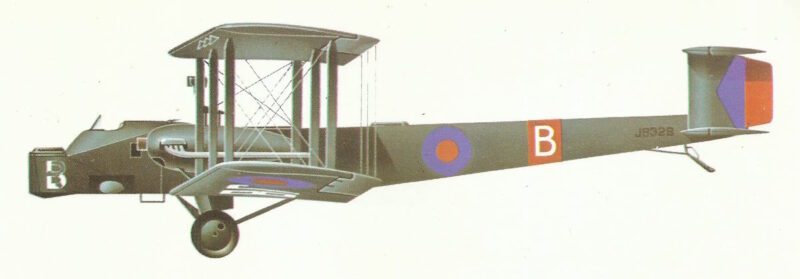
The Vickers Virginia became the Royal Air Force’s go-to heavy bomber in the 1920s and early 1930s. First flown in 1922, it replaced older wartime models and brought more to the table.
This twin-engine biplane carried a crew of four and could haul up to 3,000 pounds of bombs. It had a wingspan of 87 feet and topped out at 108 mph at 10,000 feet.
Key Specifications:
- Engines: Two Napier Lion or Bristol Jupiter radial engines
- Range: Roughly 985 miles
- Service ceiling: 15,500 feet
The Virginia brought a few firsts for its time. Metal replaced fabric in key spots, and it got better navigation tools and stronger defensive guns.
Between 1924 and 1930, they built ten different versions. The RAF flew 124 Virginias across several squadrons. Eventually, more modern bombers took over in the mid-1930s.
Fairey IIIF: Versatile Reconnaissance and Patrol
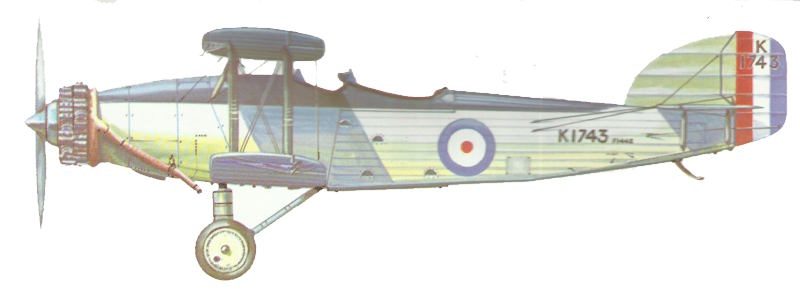
The Fairey IIIF earned its stripes as one of the most flexible multi-role aircraft of the era. Introduced in 1926, it served with both the Royal Air Force and Fleet Air Arm until the late 1930s.
This single-engine biplane handled reconnaissance, light bombing, and coastal patrols. It could launch from land bases or aircraft carriers—pretty handy, honestly.
Operational Capabilities:
- Crew: Two or three
- Maximum speed: 120 mph
- Endurance: About 5.5 hours
Pilots could swap the wheels for floats, turning it into a seaplane. That kind of flexibility made it invaluable for all sorts of missions.
They built nearly 600 Fairey IIIFs in various versions. The type saw lots of action in the Middle East, India, and the Mediterranean. It was reliable and adaptable—qualities any squadron wants.
Hawker Hart: The Evolution of Bomber Aircraft

The Hawker Hart shook up light bomber design when it entered service in 1930. Suddenly, bombers could be fast and agile, not just lumbering targets.
With a Rolls-Royce Kestrel engine, the Hart hit speeds up to 184 mph—faster than most fighters at the time. That changed the game for bomber tactics.
Design Features:
- Construction: All-metal framework with fabric covering
- Armament: One forward-firing Vickers gun, one rear Lewis gun
- Bomb load: 520 pounds max
The Hart’s speed forced enemy fighters to up their game. It also pushed designers to create faster interceptors.
They spun off a bunch of variants—trainers, army cooperation planes, even naval versions. Over 1,000 Hart-family planes rolled off the line.
Other countries took note. The Hart’s mix of speed, reliability, and bombing muscle set a new standard, and lots of nations tried to copy its success.
Allied Fighter Advancements and Air Superiority
The Armstrong Whitworth Siskin and Gloster Grebe II were big milestones in Allied fighter development during the interwar years. Both planes brought new ideas and tech that would shape future air power.
Armstrong Whitworth Siskin: Pioneering Postwar Fighter
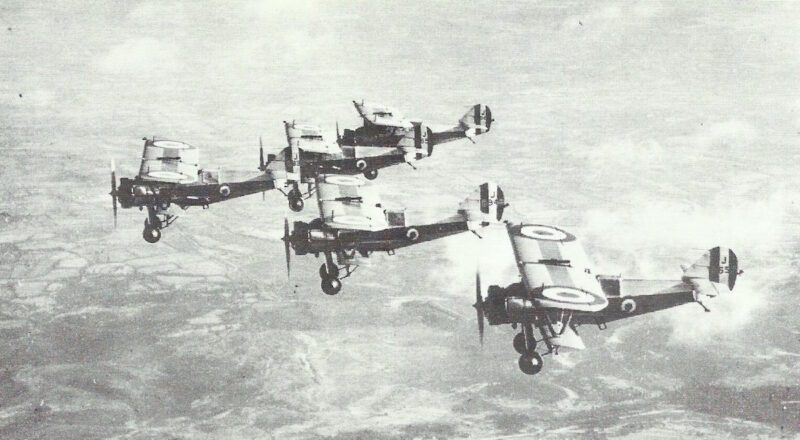
The Armstrong Whitworth Siskin became the RAF’s main fighter in the mid-1920s, replacing older, wood-and-fabric planes with something sturdier.
The Siskin’s all-metal frame made it tougher than its predecessors. Its steel tube fuselage could really take a beating, and the radial engine ran reliably at different altitudes.
Key Specifications:
- Engine: Armstrong Siddeley Jaguar IV radial
- Top Speed: 156 mph
- Service Ceiling: 27,000 feet
- Armament: Two synchronized .303 Vickers machine guns
The RAF flew the Siskin from 1924 to 1932. Fighter squadrons used it to try out new tactics and train pilots in advanced maneuvers—skills that would matter a lot in the next war.
The Siskin proved that metal construction was the way forward for fighters, and that approach stuck through the 1930s.
Gloster Grebe II: Early Monoplane Innovations
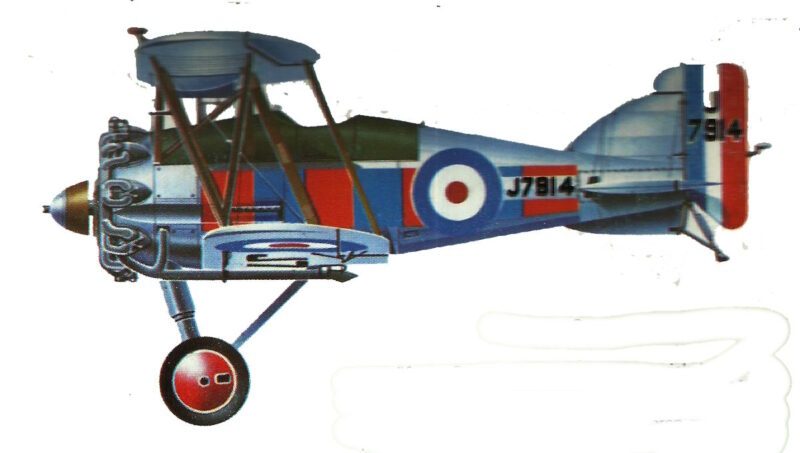
The Gloster Grebe II was an experiment in the late 1920s. Engineers wanted to see if monoplane fighters could outperform the usual biplanes.
The Grebe II had a single wing and a streamlined shape that reduced drag. Its more powerful engine helped it beat biplanes on top speed.
Test flights showed the Grebe II was faster, but it didn’t climb as well and felt less nimble at low speeds. The RAF ran some trials but didn’t put it into full service.
Military brass worried about stability in dogfights, so most squadrons stuck with biplanes until the mid-1930s. Still, the Grebe II’s test results influenced later monoplane designs—the kind that would rule the skies in WWII.
French and European Contributions: Breguet 19 and Liore et Olivier 12
France led the way in military aircraft production during the interwar years, outbuilding every other country. The Breguet 19 became the world’s most popular bomber, while the Liore et Olivier 12 highlighted French creativity with multi-engine designs.
Breguet 19: Multi-Role Bomber and Reconnaissance
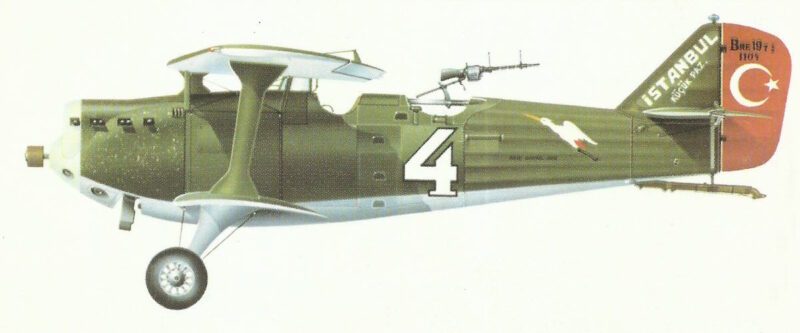
The Breguet 19 bomber, introduced in 1922, became the era’s most successful military aircraft. French manufacturers built about 1,500 of them—way more than any other military plane during the interwar years.
Global Impact and Records
No other nation managed to build more than 700 of a single military aircraft design in that period. The Breguet 19 proved itself with some wild long-distance flights.
One Breguet 19 even crossed the Atlantic in 1927. That flight really showed off the aircraft’s range and reliability.
Operational Versatility
This aircraft handled bombing, reconnaissance, and army cooperation missions. Its sturdy build let it take on all sorts of combat and peacetime tasks.
The Breguet 19’s widespread use put French aviation on the map. Air forces across Europe and beyond flew them through the 1920s and 1930s.
Liore et Olivier: Advancements in French Bomber Design

Liore et Olivier played a big part in French bomber development between the wars. Their designs paved the way for aircraft like the Amiot 143 and Bloch MB.210.
Technical Excellence
French bombers often outpaced international rivals in speed and altitude. The Liore et Olivier 20, introduced in 1924, was the world’s fastest medium bomber for three years straight.
Design Innovation
The company’s work led to a bunch of new designs that pushed French aviation technology forward. These advances set the stage for better bombers in the 1930s.
Industry Leadership
Liore et Olivier’s aircraft showcased French engineering during aviation française’s golden age. Their innovations nudged the whole European industry forward.
Their designs helped France keep its edge in military aircraft development during the interwar years.
Interwar Aircraft Roles and Innovations
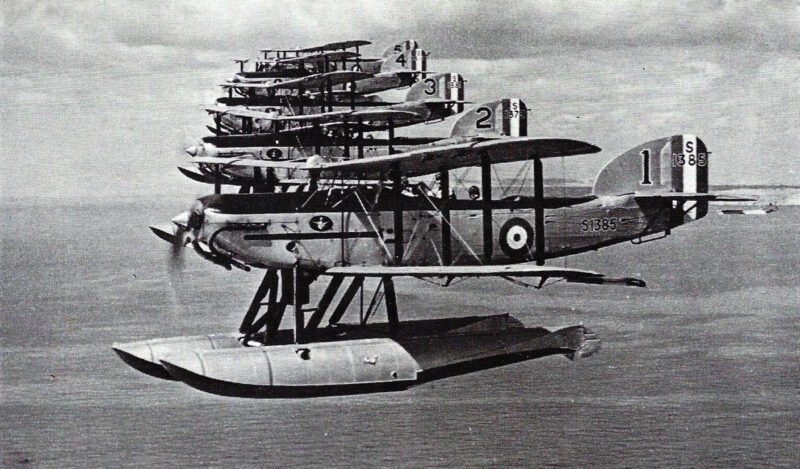
Between the world wars, planes shifted from single-purpose builds to flexible, multi-role machines. That innovation shaped the fighters and bombers that would dominate World War 2.
The Emergence of Multi-Role Aircraft
Manufacturers started building planes that could pull double or triple duty. The Hawker Hart is a good example—a light bomber that could fight as a backup.
Military budgets got tight after World War 1, so air forces wanted planes that could do several jobs instead of buying a different one for each mission.
The Fairey IIIF showed how a single design could work for reconnaissance, light bombing, and naval spotting. The Royal Air Force and Fleet Air Arm liked that flexibility.
Engine tech jumped ahead fast. With stronger engines, designers could make faster, more capable planes. The Breguet 19 really made the most of those advances as a recon and light bomber platform.
Multi-role planes gave air forces a chance to experiment with tactics. Pilots learned how to switch between bombing and air combat in one mission—pretty handy, honestly.
Influence on Later World War 2 Planes
Interwar aircraft left a clear mark on World War 2 fighters. The Armstrong Whitworth Siskin, for example, taught British designers a lot—lessons that showed up in the Spitfire and Hawker Hurricane.
The Siskin’s metal construction and improved aerodynamics proved what worked. Those features carried over to the fighters that defended Britain.
German engineers paid close attention to these trends. The Messerschmitt Bf 109 borrowed ideas from earlier experimental planes. All-metal construction and retractable landing gear? Those came straight from interwar innovations.
World War 2 planes took on several key features from their predecessors:
- Metal stressed-skin construction
- Retractable landing gear
- Enclosed cockpits
- Variable-pitch propellers
Engine cooling systems from the 1930s became standard on wartime fighters. Planes could finally fly faster and higher—something earlier models just couldn’t manage.
The multi-role idea caught on even more during World War 2. Fighter-bombers became common because interwar testing showed the concept worked in real combat.
Enduring Legacy and Transition Into World War II
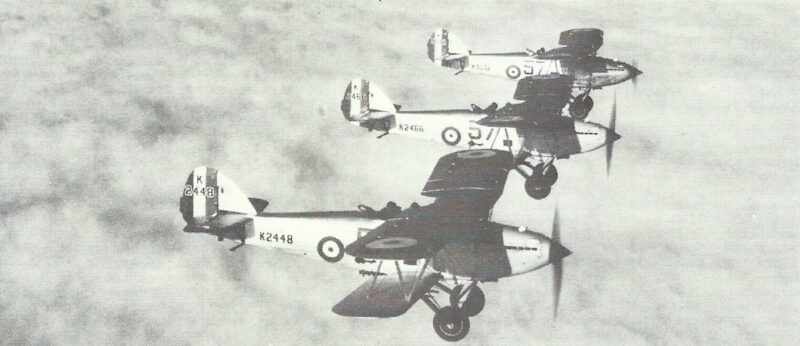
Planes from the interwar years set the stage for World War II aviation. They bridged the gap between old World War I tech and the advanced fighters and bombers that would soon rule the skies.
Operational Lessons and Tactical Evolution
The Hawker Hart proved that speed could beat heavy defensive guns. That lesson led to fast bombers like the B-17 Flying Fortress and B-24 Liberator.
Planners realized light bombers needed fighter escorts. The Hart’s vulnerability to interceptors drove that point home, way before American bombers faced the same issue over Europe.
The Armstrong Whitworth Siskin and Gloster Grebe II showed how important climb rate and maneuverability were. Those became must-haves for fighters by the time of the Battle of Britain.
Engine cooling and reliability issues in planes like the Fairey IIIF led to better designs. Improved cooling became standard in aircraft like the P-51 Mustang.
The Vickers Virginia proved that big planes could haul serious bomb loads. That idea turned into the heavy bomber strategies used against Germany and Japan.
From Interwar Development to World War II Deployment
Some interwar planes stayed in service when World War II started. The Fairey IIIF ended up in secondary roles during the early war years.
Design teams from the interwar period moved right into wartime projects. People who worked on the Hart helped design the Hurricane and Spitfire.
Manufacturing techniques from planes like the Breguet 19 made it possible to mass-produce wartime aircraft. That was a game-changer for building thousands of fighters and bombers.
Aircraft carrier operations grew out of interwar naval aviation experiments. Early carriers shaped how naval air power developed in the Pacific.
The Liore et Oliver 12 passenger transport ideas influenced military transport design. Those principles led to the cargo planes that supplied Allied forces worldwide.
Frequently Asked Questions
Allied warplanes in the interwar years filled a bunch of roles—heavy bombing, reconnaissance, fighter cover, and colonial patrols. Each one brought something new to the table and helped shape military aviation between 1918 and 1939.
What were the primary roles and functions of the Vickers Virginia in the interwar period?
The Vickers Virginia served as the RAF’s main heavy bomber from 1924 to 1937. At its peak, it equipped ten bomber squadrons and stuck around in frontline service for over a decade.
It was built to meet Air Ministry requirements for long-distance bombing. The Virginia could carry 3,000 pounds of bombs and fly about 985 miles at 100 mph.
There were ten different versions over its lifespan. Each one tested new tech and tweaks to engines, structure, and weapons.
The last version, the Virginia X, switched to all-metal construction. That cut 1,100 pounds and improved its climb and service ceiling.
How did the design and development of the Fairey IIIF contribute to the British aviation advancements in the 1920s and 1930s?
The Fairey IIIF worked as a multi-role plane from 1917 to 1942—one of the longest-serving designs of its time. It flew as both a landplane and seaplane in several versions.
By 1939, the IIIF was the oldest seaplane still in service. It kept flying in colonial outposts and with other navies long after newer models arrived.
This plane could handle reconnaissance, light bombing, and patrol duties. That flexibility shaped British aircraft design philosophy during the interwar period.
The IIIF’s long service record showed the value of tough, adaptable designs. Its success in different environments helped set the tone for future British military planes.
In what ways did the Hawker Hart influence the evolution of bomber aircraft between the World Wars?
The Hawker Hart set new performance standards for light bombers in the early 1930s. Its speed and agility raised the bar for future designs.
The two-seat layout became the go-to for light bombers, letting pilot and gunner work together efficiently.
The Hart’s success led to a bunch of spinoffs and variants through the 1930s. That family of planes influenced British bomber development until monoplanes took over.
Its performance forced changes in fighter requirements. Bombers that could outrun fighters pushed designers to build faster interceptors.
Can you describe the operational history and significance of the Armstrong Whitworth Siskin in the RAF?
The Armstrong Whitworth Siskin was the RAF’s main fighter during the 1920s and early 1930s. It equipped several fighter squadrons and handled much of Britain’s air defense at the time.
The Siskin had metal construction and reliable performance. That made it a solid choice for home defense and overseas RAF squadrons.
The plane took part in air exercises and training throughout its service. It helped set standard fighter tactics that shaped RAF doctrine.
When more modern fighters replaced it in the mid-1930s, the Siskin’s record helped define what the next generation of fighters would need.
What were the key features and capabilities of the Gloster Grebe II that distinguished it from its contemporaries?
The Gloster Grebe II improved on the original Grebe with better performance, handling, and reliability.
It featured refined aerodynamics and a stronger structure. Those tweaks gave it better flight characteristics than earlier British fighters.
The armament and equipment layout reflected lessons from World War I. The Grebe II kept things simple to manufacture but still improved on what came before.
Its design influenced later Gloster fighters through the 1930s. Some of its best features popped up in future models.
How did aircraft like the Breguet 19 and Liore et Olivier 12 impact the development of aerial reconnaissance and bombing strategies?
The Breguet 19 set new standards for reconnaissance aircraft performance and range. People in the interwar years started rethinking aerial intelligence because of what this plane could do.
It sold well in international markets, which really put the French aviation industry on the map. Several countries picked up the Breguet 19 for both reconnaissance and light bombing.
The Liore et Olivier 12 pushed forward ideas about multi-engine bombers. Its design nudged engineers toward bigger bomber concepts in the 1920s and 1930s.
Both of these aircraft flew in colonial operations and during peacetime. The missions they flew gave folks plenty of real-world data for shaping future aerial reconnaissance and bombing doctrines.
References and literature
Technik und Einsatz der Kampfflugzeuge vom 1. Weltkrieg bis heute (Ian Parsons)
Das große Buch der Luftkämpfe (Ian Parsons)
Kampfflugzeuge (Bill Gunston)


